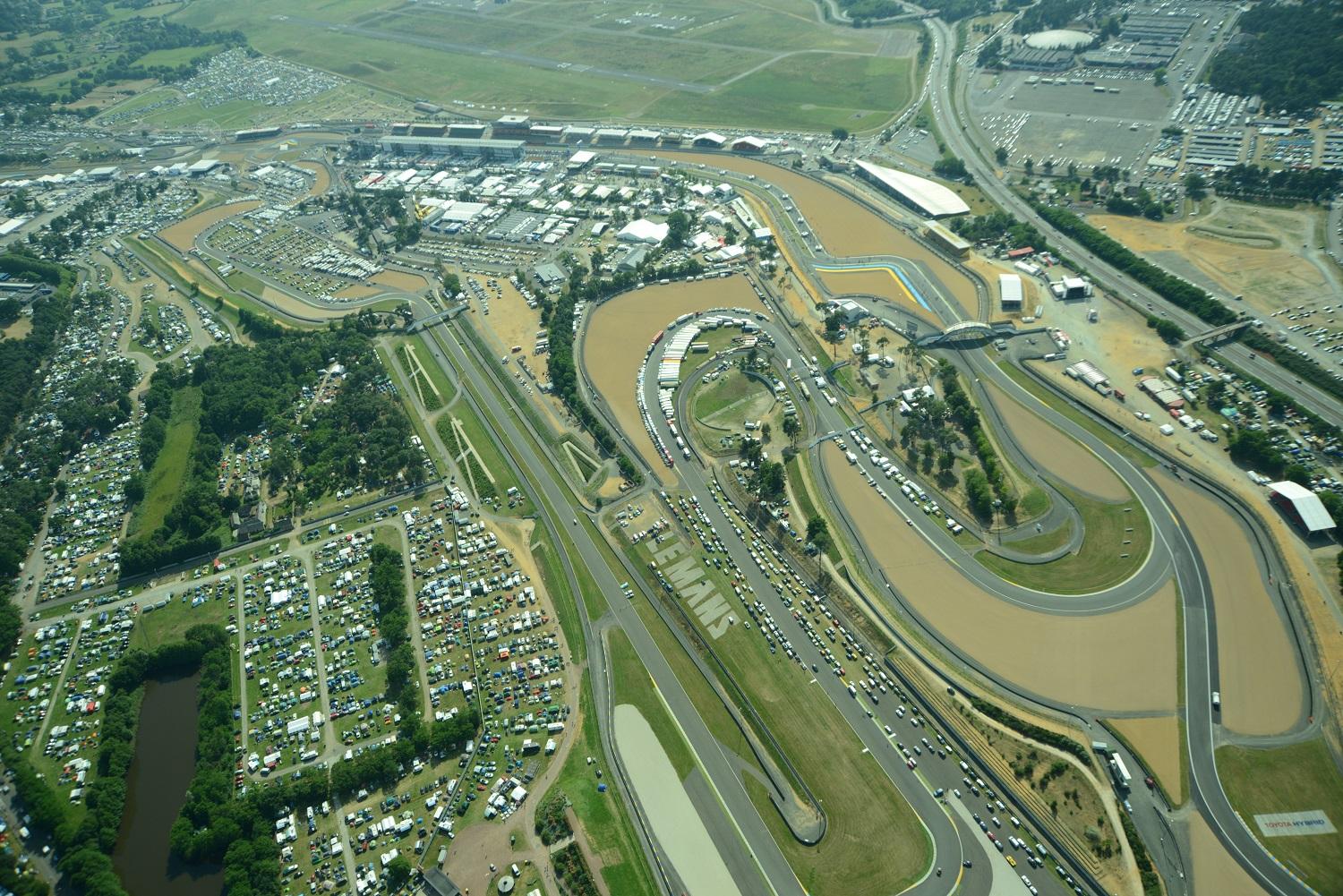Pre-order the 2025 24 Hours of Le Mans Collector Pack now!
The 2025 24 Hours of Le Mans promises to be one of the most hotly contested ever! For an outstanding keepsake of the event, be sure to receive the Collector Pack, available exclusively to ACO Members.
Read the article
